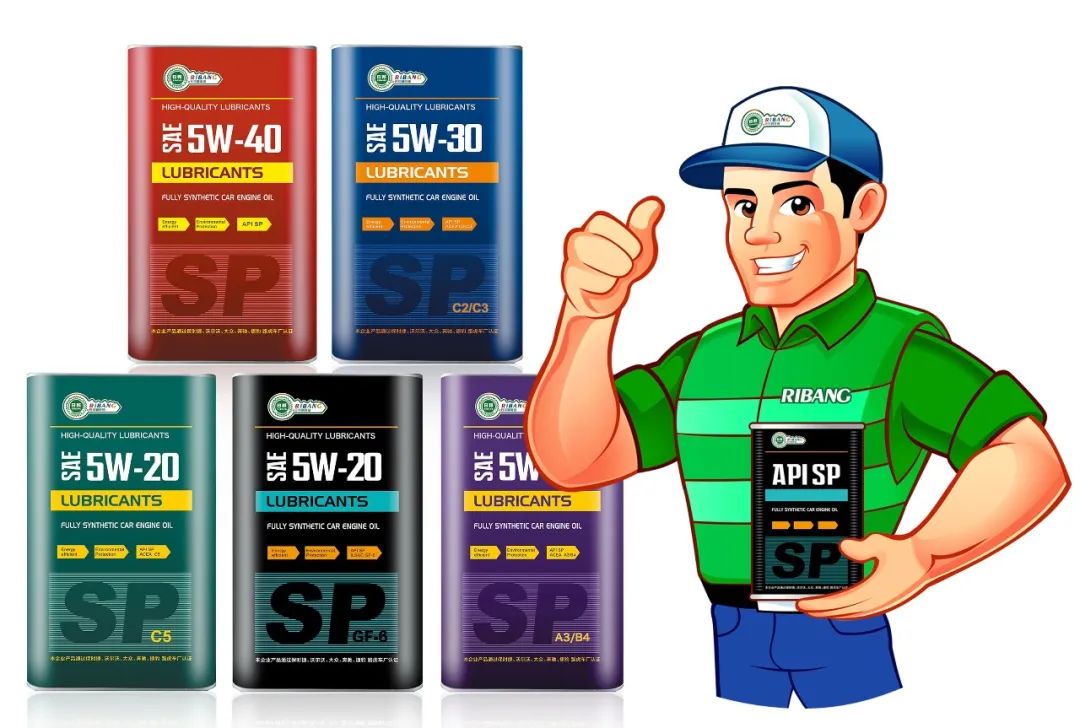- English
- 简体中文
- Esperanto
- Afrikaans
- Català
- שפה עברית
- Cymraeg
- Galego
- 繁体中文
- Latviešu
- icelandic
- ייִדיש
- беларускі
- Hrvatski
- Kreyòl ayisyen
- Shqiptar
- Malti
- lugha ya Kiswahili
- አማርኛ
- Bosanski
- Frysk
- ភាសាខ្មែរ
- ქართული
- ગુજરાતી
- Hausa
- Кыргыз тили
- ಕನ್ನಡ
- Corsa
- Kurdî
- മലയാളം
- Maori
- Монгол хэл
- Hmong
- IsiXhosa
- Zulu
- Punjabi
- پښتو
- Chichewa
- Samoa
- Sesotho
- සිංහල
- Gàidhlig
- Cebuano
- Somali
- Тоҷикӣ
- O'zbek
- Hawaiian
- سنڌي
- Shinra
- Հայերեն
- Igbo
- Sundanese
- Lëtzebuergesch
- Malagasy
- Yoruba
- Español
- Português
- русский
- Français
- 日本語
- Deutsch
- tiếng Việt
- Italiano
- Nederlands
- ภาษาไทย
- Polski
- 한국어
- Svenska
- magyar
- Malay
- বাংলা ভাষার
- Dansk
- Suomi
- हिन्दी
- Pilipino
- Türkçe
- Gaeilge
- العربية
- Indonesia
- Norsk
- تمل
- český
- ελληνικά
- український
- Javanese
- فارسی
- தமிழ்
- తెలుగు
- नेपाली
- Burmese
- български
- ລາວ
- Latine
- Қазақша
- Euskal
- Azərbaycan
- Slovenský jazyk
- Македонски
- Lietuvos
- Eesti Keel
- Română
- Slovenski
- मराठी
- Srpski језик
Light on the gas VS Hard on the gas | Light on the gas actually hurts the car more!
2024-03-06
Light on the gas VS Hard on the gas | Light on the gas actually hurts the car more!

Every car owner has his own habits when driving, some like to gently step on the accelerator, and some like to step on the accelerator. Some people say that stepping on the accelerator not only consumes fuel but also hurts the car, and some people say that not stepping on the accelerator is really hurting the car.
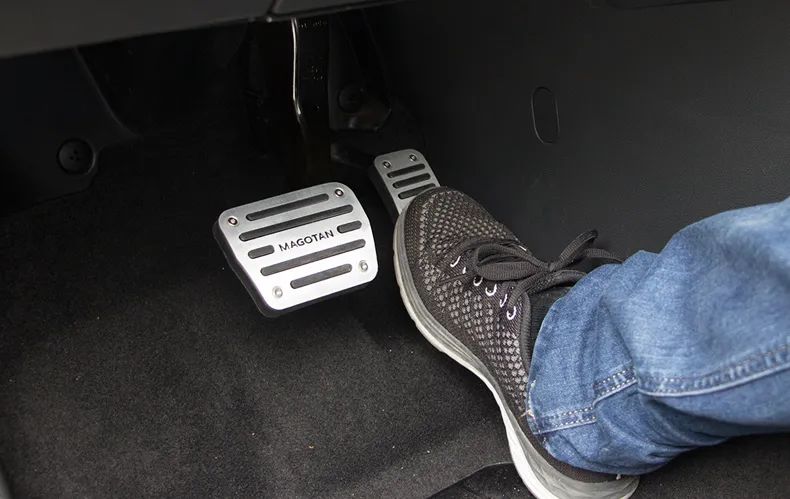
So what is the truth? Who hurt the car more? Let's talk about it today!
Light on the gas
Fuel savings are limited
Reluctant to step on the accelerator may make the car in a state of high gear and low speed, not necessarily fuel saving. For example, the car is in 5 gear, driving at a speed of 40km/h, and the engine load rate is 35%; Driving at 60km/h, the engine load rate is 50.3%.

The effective fuel consumption rate of the engine decreases with the increase of the load rate, and the lower the engine load rate, the worse the fuel economy is (the best load rate is 90%).
Light on the gas
May cause the engine to accumulate carbon
Reluctant to step on the accelerator the biggest impact on the car is that the engine work efficiency is low, the fuel gas mixture is not fully burned, and the carbon accumulation gradually formed in the relatively low temperature of the engine.
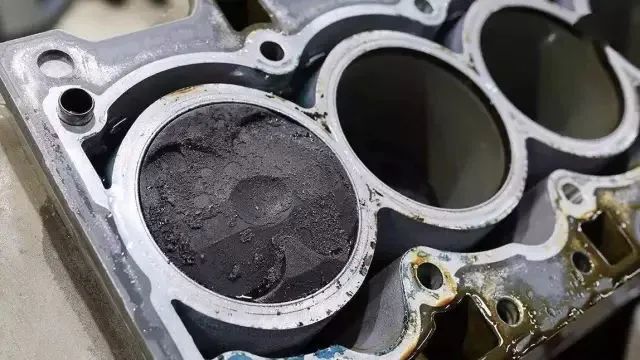
A lot of carbon will affect power and fuel consumption, but it may be more expensive.
Slam on the gas
May increase engine and transmission wear
The main effect on the car is to increase the wear between the engine and the transmission components. The wear strength increases with the increase of crankshaft speed, because when the speed increases, the friction stroke of the engine in unit time increases.
When cold start, the wear will be more serious
When starting at a low temperature, if you step on the accelerator, the wear of the vehicle will be more serious. Professionals have done such an experiment, cold start at an ambient temperature of 5 ° C, the wear of the engine is equivalent to the wear of the traction vehicle walking 30-40km.

This is because when the low temperature cold start, due to the low temperature, the lubricating oil viscosity is large, the oil supply lag time is long, the opportunity of dry friction and semi-dry friction is increased, so the wear amount is relatively large.
Step on the gas. PK Step on the gas
Reluctant to step on the accelerator and step on the accelerator will actually have a certain impact on the car, in contrast: light stepping on the accelerator may hurt the car.
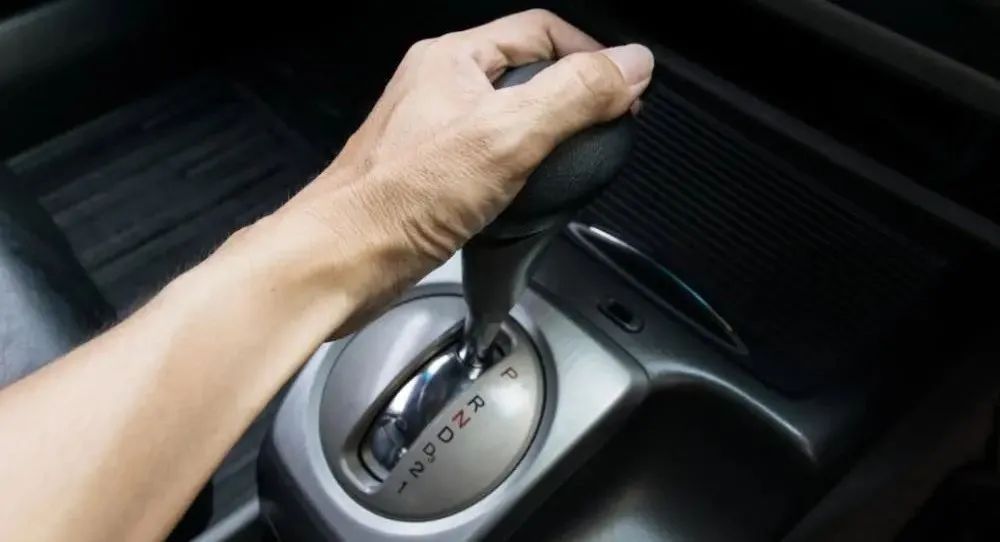
The situation of stepping on the accelerator to increase wear is itself taken into account when it is designed. Nowadays, cars basically have automatic oil cut-off procedures, when the accelerator is pressed hard, the speed reaches the red alarm zone, the oil supply will be interrupted, and the engine will protect itself.
The engine works better when you push hard on the gas
It is often difficult to achieve relatively high efficiency when driving at low speeds, but when the speed is fast and stable, the efficiency of the engine is high, which is why the same car runs the same number of kilometers, and the one that runs much more on the high speed will be more fuel efficient.
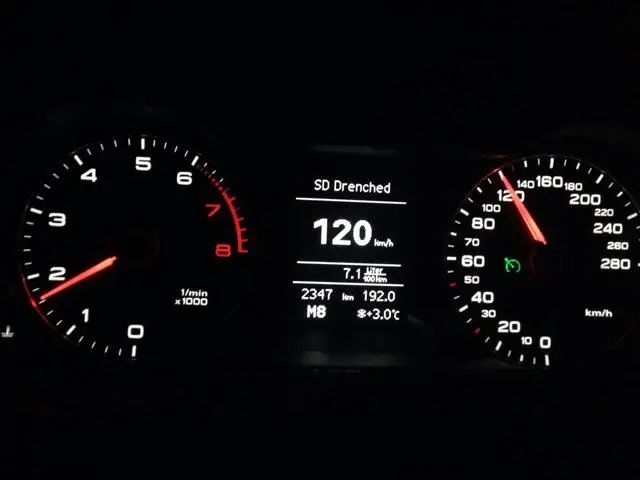
The engine is more efficient, the fuel mixture will burn more fully, and the carbon accumulation will be much less. The light step on the accelerator affects the life of the engine, 80% of the failure of the fuel system in the car engine is caused by carbon accumulation, and it will also have a certain impact on other systems, such as the intake system and exhaust system.
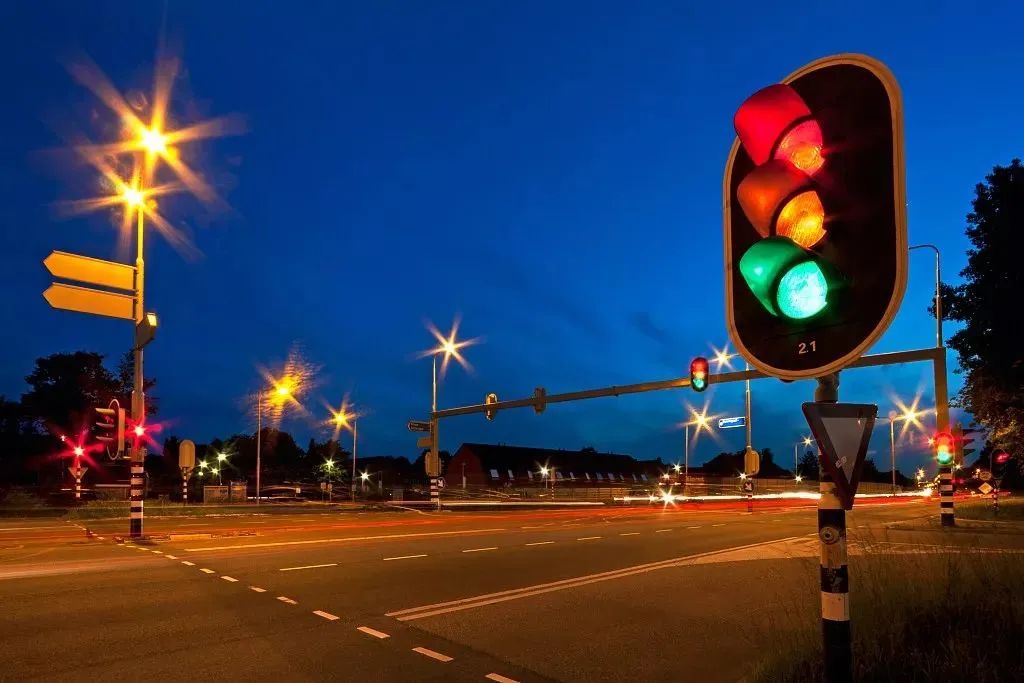
When can I step on the gas
When starting and overtaking, it's no problem to press the gas pedal hard
The time to step on the accelerator is generally when waiting for the traffic light to start, start a little faster, and will not hinder the normal driving of the car after. In addition, stepping on when overtaking can complete overtaking in a short time and reduce the danger of overtaking.
